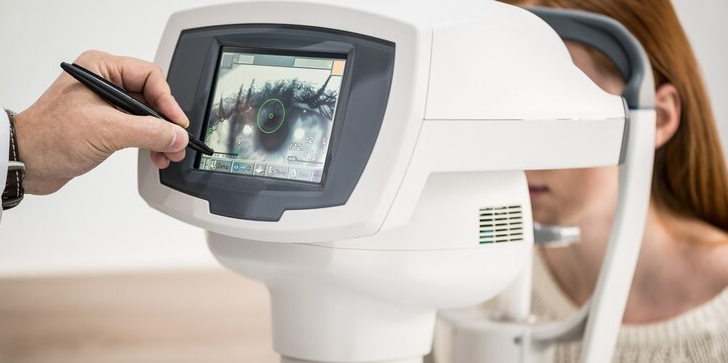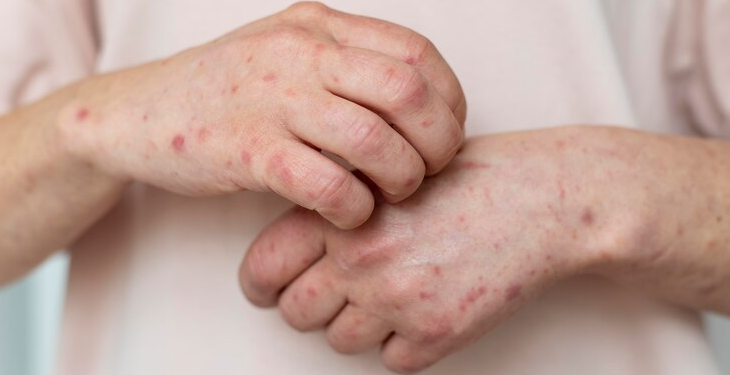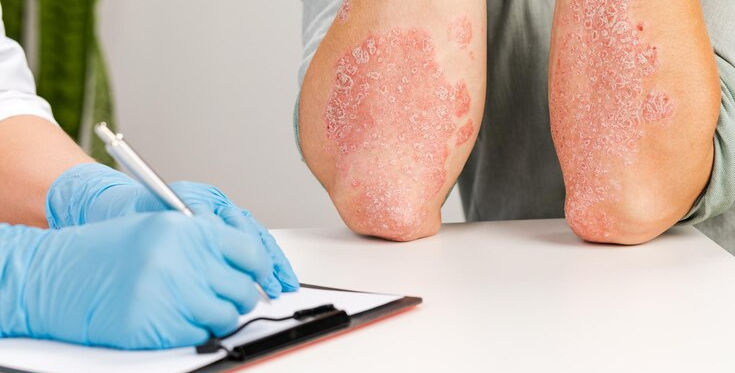The following is a summary of “Comparing the Diagnostic Accuracy of Measures of Maternal Diet During Pregnancy for Offspring Allergy Outcomes: The Healthy Start Study,” published in the January 2023 issue of Allergy and Clinical Immunology by Venter et al.
The study aims to investigate the links between various dietary factors and allergy outcomes and evaluate the diagnostic accuracy of these factors in predicting allergy outcomes. Using a validated instrument, they tallied the maternal diet index (MDI), the Healthy Eating Index, the total diet diversity, the healthy diet diversity, and the unhealthy diet diversity to get a comprehensive picture of the mother’s eating habits throughout her pregnancy. In addition, associations between maternal diet measures and allergy outcomes in children as young as 4 years old were analyzed using unadjusted and adjusted logistic regression models.
Dietary measures were compared for their diagnostic efficacy. For the primary combined outcome of “any allergy excluding wheeze” in children up to age 4 years, there were statistically significant associations between maternal MDI (odds ratio [OR], 0.78; 95% CI, 0.70-0.87), Healthy Eating Index (OR, 0.98; 95% CI, 0.97-0.99), and healthy diet diversity scores (OR, 0.91; 95% CI, 0.85-0.98) during pregnancy. In addition, they found no association between the “any allergy excluding wheeze” outcome and either total maternal diet diversity (OR, 0.99; 95% CI, 0.95-1.03) or unhealthy diet diversity scores (OR, 1.05; 95% CI, 0.98-1.13).
Except for food allergy, there was a statistically significant difference in the diagnostic accuracy between the 5 measures of maternal diet. MDI had the highest area under the curve for all disease outcomes, though it wasn’t always significantly higher. Offspring allergy outcomes are correlated with maternal diet quality and diversity, with healthy foods being linked to lower risk and unhealthy foods being linked to higher risk. The MDI’s ability to accurately weigh both healthy and unhealthy foods made it the most accurate predictor of allergic disease in children.
Source: sciencedirect.com/science/article/abs/pii/S2213219822009448



















